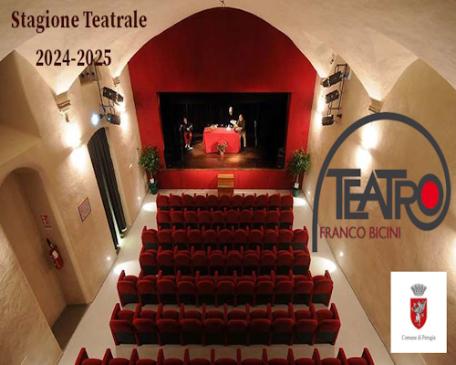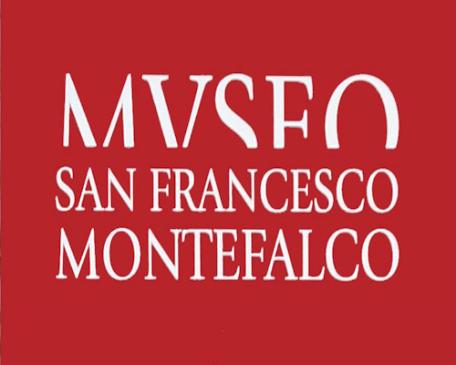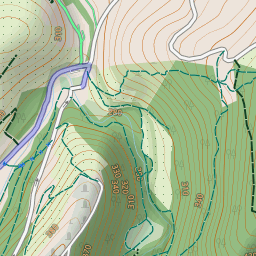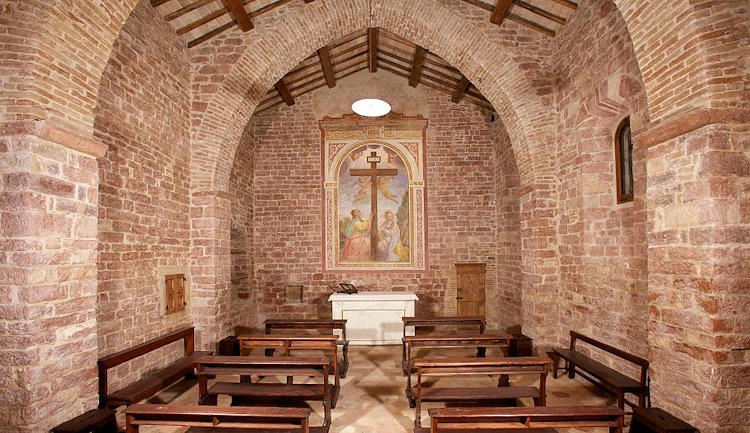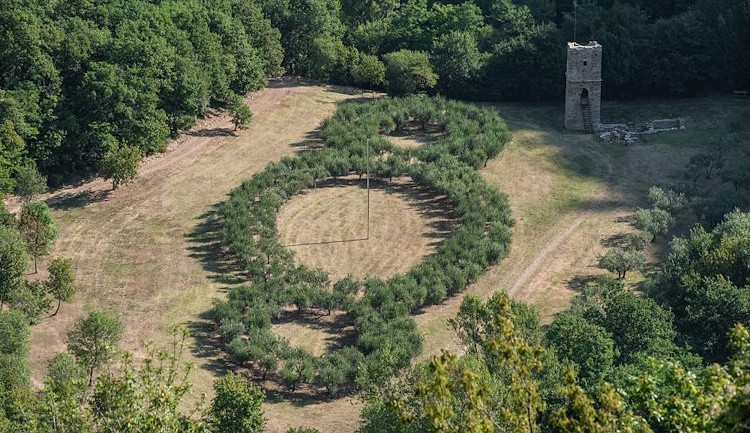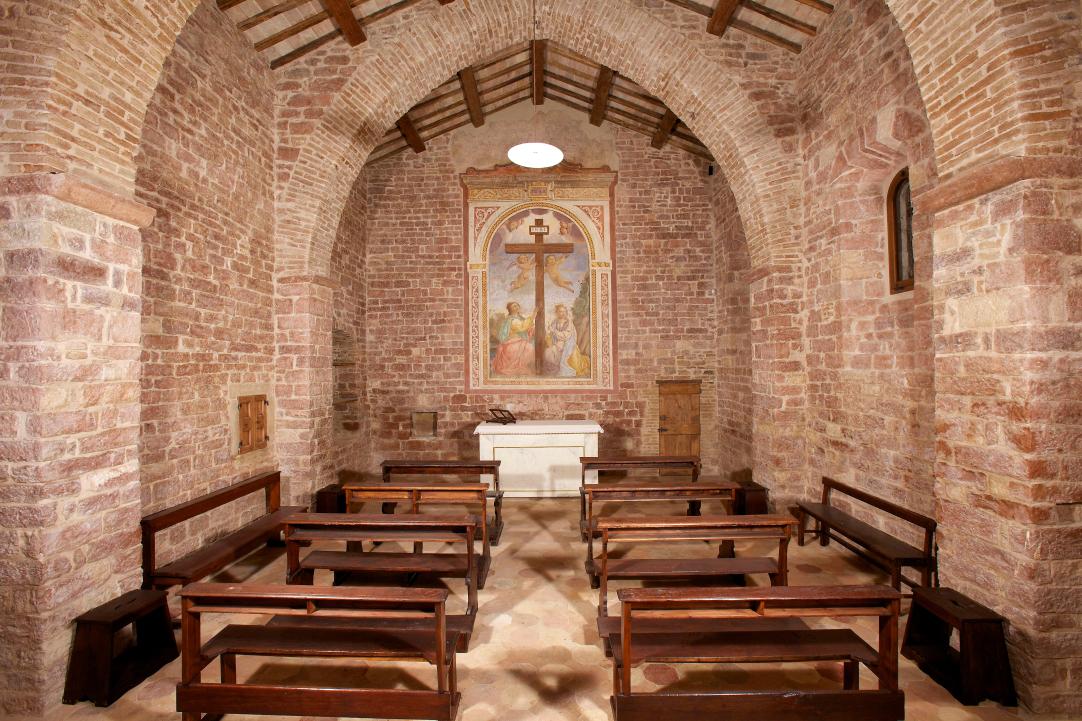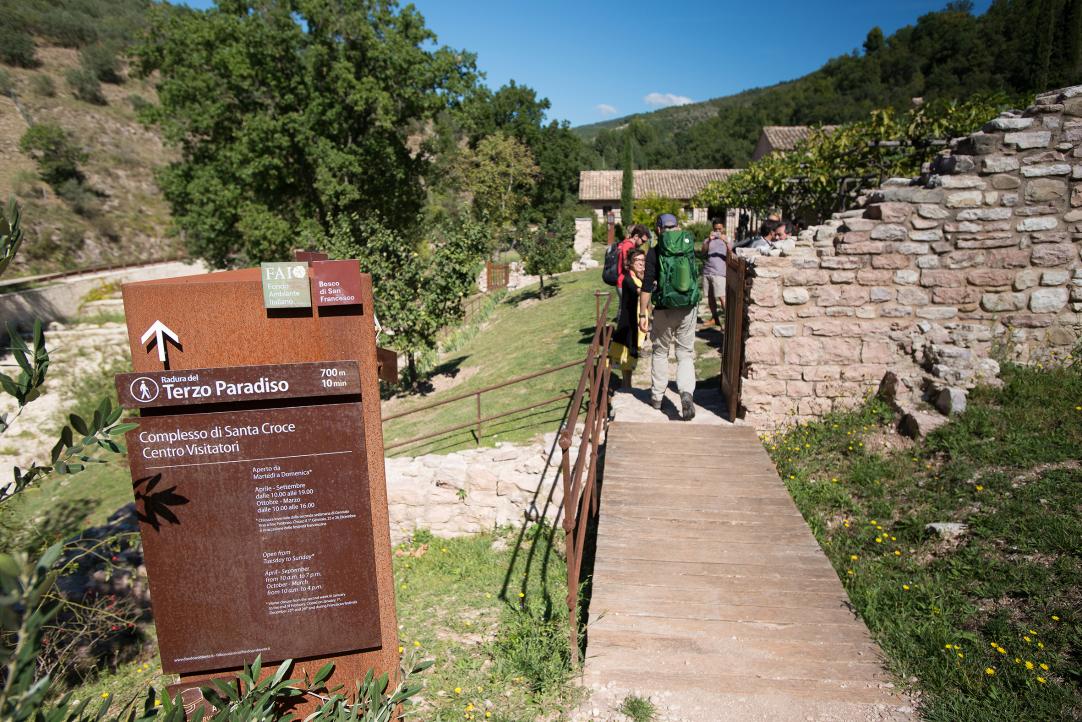Un sentier enchanteur immergé dans la nature, tracé au cœur du lieu où vécut le saint patron de l’Italie, saint François, et où il fonda, avec ses compagnons, l’ordre des Franciscains.
Le bois de Saint François, près d’Assise, offre une expérience unique de paix et de beauté en pleine nature. S’étendant sur 64 hectares et ayant une histoire de 800 ans, l’intérieur est un voyage fascinant à travers les charmes, les chênes, les bois, les champs cultivés, les ouvrages anciens et modernes réalisés par l’homme.
On peut y accéder soit depuis le centre d’Assise par le sentier d’un kilomètre et demi qui part de la place devant la basilique supérieure et descend vers la vallée, soit par l’entrée inférieure de l’ancien monastère de Santa Croce, d’où part un second itinéraire circulaire, à l’intérieur, d’une longueur d’environ deux kilomètres.
Grâce aux efforts du FAI-Fondo Ambiente Italiano, le bois de Saint François est ouvert aux visiteurs et aux pèlerins depuis 2011 . Après une restauration minutieuse, la forêt s’est transformée en un véritable trésor de biodiversité, avec des bois, des prairies, des ruisseaux et des oliveraies qui abritent de nombreuses espèces végétales et animales. En parcourant ses sentiers, il est possible d’observer des chevreuils et des écureuils ou d’écouter le chant de nombreux oiseaux.
Mot d’ordre : lenteur
Dans les bois, le long de deux sentiers, on s’immerge dans le paysage vallonné de l’Ombrie et on fait l’expérience de la lenteur et de la contemplation.


















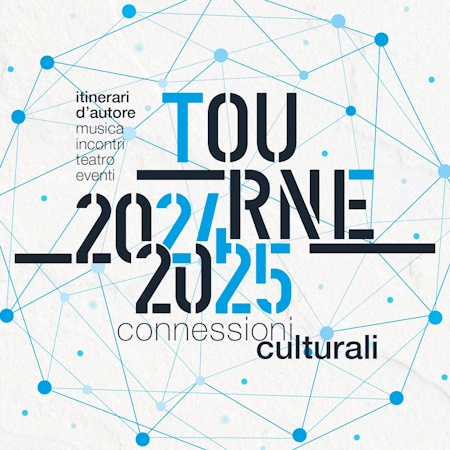
.jpg/59c37a8c-4576-ad5d-b902-45b108fa3d68?width=456)

